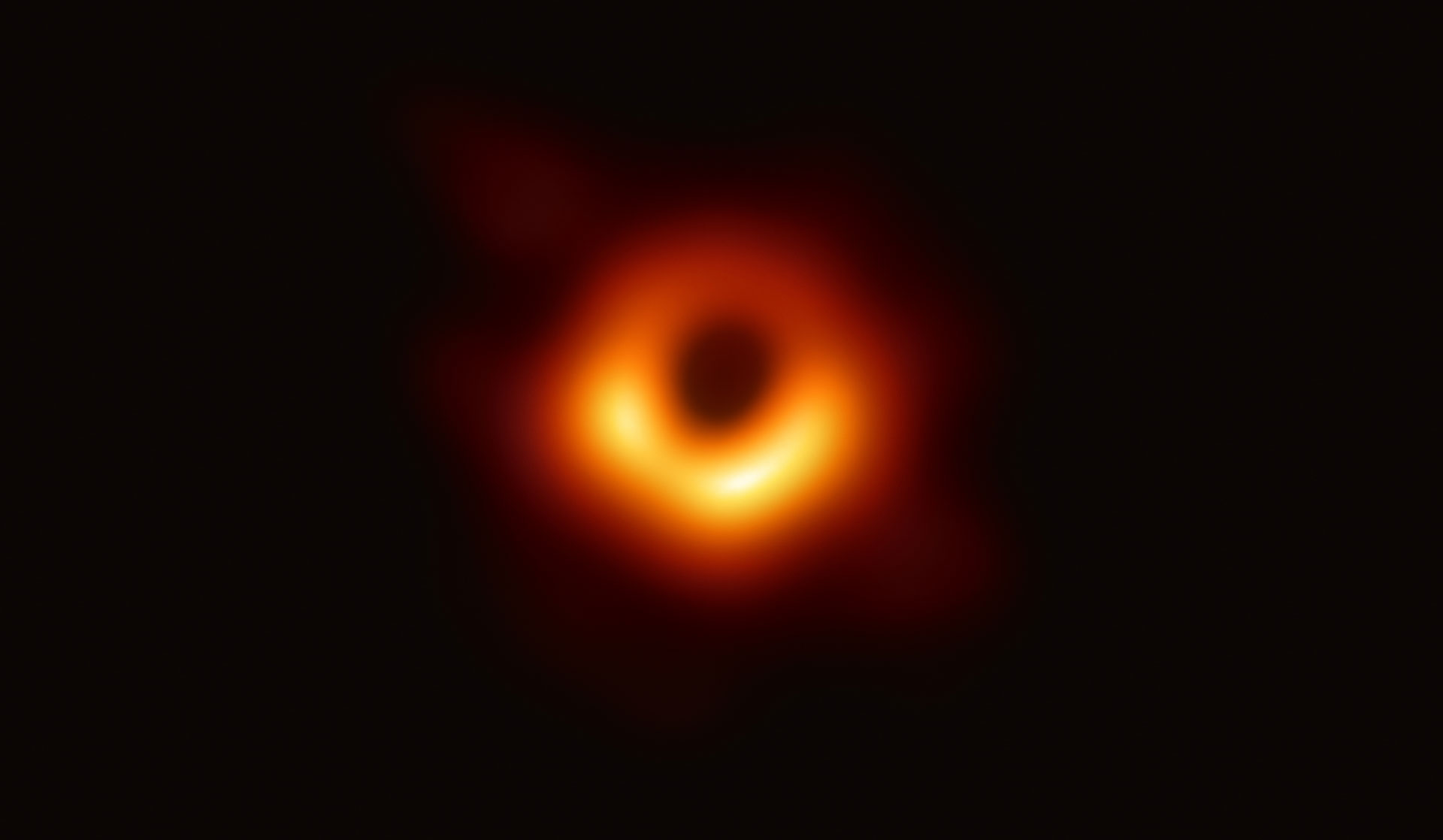
Optical illusions can be highly convincing and some artists have made use of their impact on viewers. “Radiant energy of electromagnetic radiations from both natural and artificial light sources can lead to injuries, if strong or prolonged, to the retina or other ocular structures,” the study went on. Humans have evolved to ensure that a sudden change in brightness does not incapacitate vision by involuntarily constricting pupils when light is perceived to be bright. “In fact, brightness illusions like Asahi bear a geometric resemblance to the gradients shaped by the glare of strong sunlight when partially occluded by plant leaves or cloud formations.” “The visual system is prepared from individual experience (or that of the species) with the natural statistics of the visual world, to the specific ecological condition of seeing sunlight through leaves or clouds,” the study noted.

Even though the image centre is no brighter than the white in the background, our brain’s perception of brightness can cause a physical reaction in the body. The pupils of people staring into the centre of the image contracted, as if looking into a bright light. Image: Frontiers in Human NeuroscienceĪs with the ‘black hole’ image, researchers observed a physical response to study participants looking at this image. “Subjective expansions were also weaker compared with the black holes,” the study noted, meaning that physical responses were most potent with black holes.įor example, the study included the ‘Asahi’ illusion in which a flower-like structure is drawn on a white background in a way that gives the impression the white in the centre of the image is brighter than the white in the surrounding areas.Īsahi illusion. When the ‘holes’ in the image centre were light-emitting colours such as white, staring at the image was found to constrict the pupils. The Asahi optical illusionĪ variety of coloured images were used in testing. The team, led by authors Bruno Laeng, Shoaib Nabil and Akiyoshi Kitaoka, asked observers to rate the magnitude of illusory motion and this predicted the degree of dilation of the pupil, measured using an eye-tracker. This shows that the illusion, and the human perception of movement in it, causes a physical reaction in the body even when the mind is aware of the image being static. Some even reported feeling like they were falling into a black hole – meaning that it was not movement in the image that they perceived, but in themselves.Īlthough a completely static image, the illusion prompts a viewer’s pupils to expand without any change in lighting.

#First image of a black hole full
Published in the Frontiers in Human Neuroscience journal earlier this week, the study found that many participants who were made to stare at a black spot in the centre of an image full of black dots on a white background felt like the black spot was expanding. The study, a collaboration between Ritsumeikan University in Osaka, Japan and the University of Oslo in Norway, is an example of how our perception of the world around us through our eyes is based on predictions made by our brains. A joint study by researchers in Japan and Norway has found that 86pc of people who stare at the ‘ expanding hole’ image are able to perceive the movement associated with the illusion. There’s a new optical illusion in town and people can’t seem to get enough of it. A Japanese-Norwegian study of the ‘expanding hole’ optical illusion exposes how our brain fools us into making involuntary physical reactions.


 0 kommentar(er)
0 kommentar(er)
